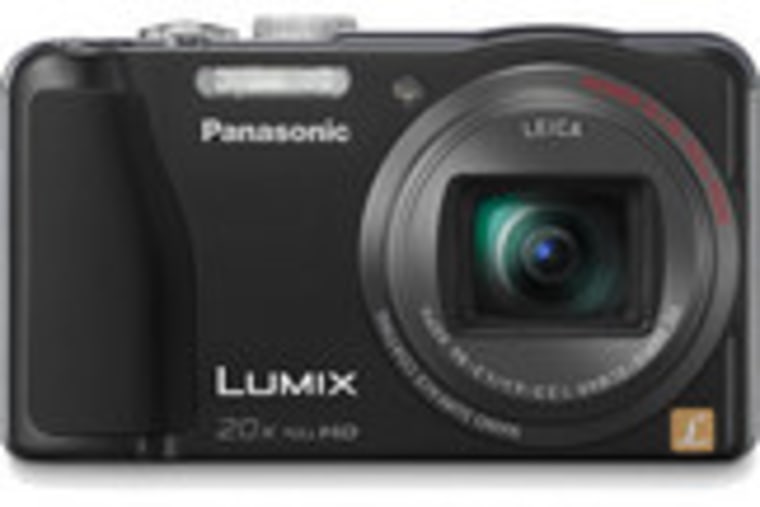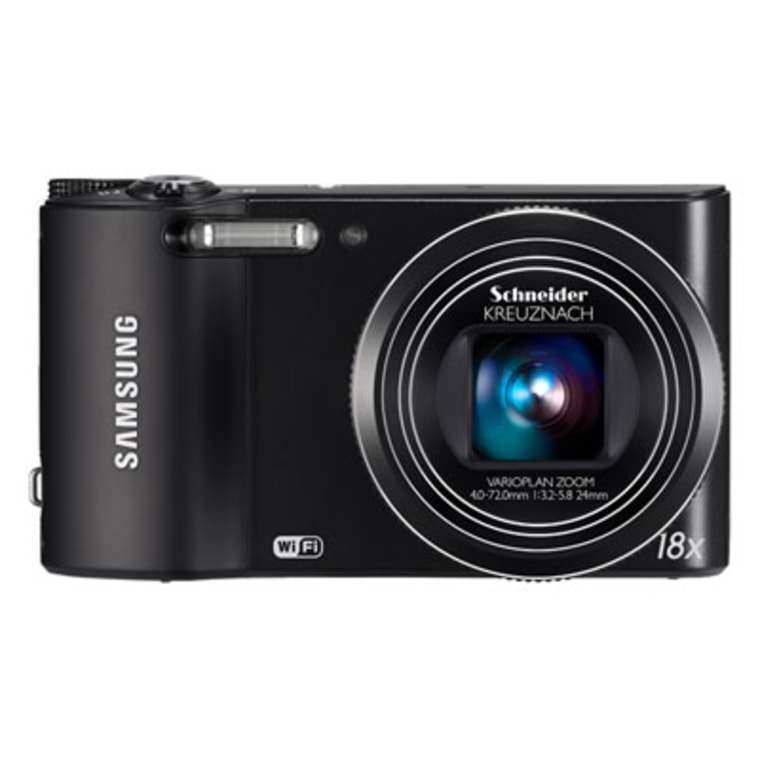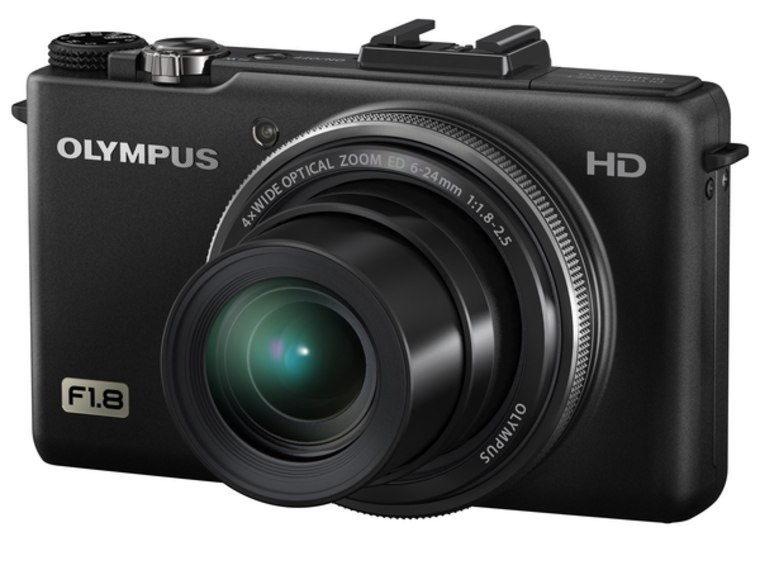Many smartphones have impressive cameras, and Apple just made a big upgrade with the new iPad. All that raises a question: Do you still need a separate digital camera? For quick online snapshots, maybe not. Smartphones are convenient. You always have one with you. They make uploading pictures a snap, and apps like Instagram add beautiful effects. But there are four features that no smartphone — but most point-and-shoot cameras — can offer.
1. Zoom
Optical zoom is the No.1 difference between a phone and a digital camera. Phone cameras have "digital zoom," but that just blows up a small portion of a picture into a lower-resolution image. A "real" camera's optical zoom lens — the kind that moves in and out — physically magnifies distant objects to capture them at full image quality.
2. Sensor
Speaking of quality, the size of the image sensor matters. And a smartphone's size is teeny-tiny compared to even a cheap digital camera's size. The result is grainy speckles that are particularly noticeable in solid-color areas of your photos — and everywhere when you shoot in low light.
3. Flash
Also on the low-light topic is flash power. The little LED lights on a cellphone can’t hold a candle to the full-fledged flash on any point-and-shoot. The camera's flash is also positioned to make the dreaded red-eye effect less likely.
4. Image Stabilization
A standard feature on most point-and-shoots, optical image stabilization moves lens components or the sensor to counteract jitters when the camera shakes. Stabilization makes it much easier to capture sharp images in low light or at high zoom.
What about megapixels?
Higher megapixel count doesn’t necessarily make a point-and-shoot any better than a camera phone. Basically, if you have a 5-megapixel camera, you’ve got plenty of resolution for posting online or making a good 5-by-7-inch print.
These three cameras max out the advantages of point-and-shoots.

Panasonic Lumix DMC-ZS20
The “wow” factor here is an amazingly powerful 20x zoom lens in a camera that’s just 1.1 inches thick. It captures everything from wide-angle scenic shots to paparazzi-worthy telephoto images. Like the iPhone, it has a cool touch-screen display that lets you tap the spot you want to be in focus. Unlike the iPhone, it shoots a blistering 10 photos per second. All that more than justifies the $350 pricetag.

Samsung WB150F
This $300 model adds some benefits of a camera phone. Built-in Wi-Fi lets you upload your images from any wireless hotspot, whether at home, the local Starbucks or your hotel room. You can also use an Android phone as a remote control — great if you want to be part of a group shot. And the 18x optical zoom is a nice option when the snarling lion at the zoo is begging for a portrait shot.
Olympus XZ-1
The standout feature is an extraordinarily "fast" 4X zoom lens — meaning it lets in a lot of light (f/1.8 aperture, for you photo geeks). That allows it to produce clear images even in dark settings. In bright conditions, the camera can capture photos at a high shutter speed — allowing it to freeze motion in sports photography. The XZ-1 is expensive ($500 list price), but you won't need to upgrade for a very long time.
